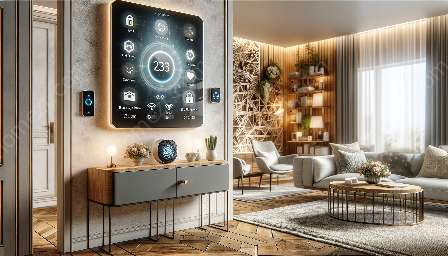In today’s digital age, remote access to home devices and ensuring home security are vital concerns for many individuals. This article explores the intricacies of digital security, privacy at home, and home safety, providing valuable insights into creating a secure and worry-free home environment.
Understanding Remote Access
Remote access refers to the ability to connect to a computer, network, or device from a remote location. It allows individuals to access and control devices such as home automation systems, security cameras, and smart appliances from anywhere with an internet connection. However, remote access also presents security risks that need to be addressed to safeguard personal data and privacy.
Digital Security and Privacy at Home
Ensuring digital security and privacy at home is crucial when accessing devices remotely. To protect against unauthorized access and data breaches, it’s important to implement robust security measures such as:
- Use of secure and unique passwords for all devices and accounts
- Enabling two-factor authentication where possible
- Regular software updates and security patches for all connected devices
- Implementation of firewalls and secure network protocols
Additionally, individuals can benefit from using virtual private networks (VPNs) to encrypt internet traffic and safeguard their online activities, especially when accessing home devices remotely. By using a trusted VPN service, individuals can maintain their privacy and strengthen their digital security.
Home Safety and Security
Effective home security goes beyond digital measures to encompass physical safety and protection. To enhance home safety, consider the following strategies:
- Installation of smart security systems with features such as motion sensors and real-time alerts
- Utilization of smart locks for enhanced access control and monitoring
- Integration of security cameras with remote access capabilities for monitoring and surveillance
- Regular assessments of home vulnerabilities and security gaps
- Investment in quality home alarm systems and 24/7 monitoring services
By incorporating digital and physical security measures, individuals can create a comprehensive approach to home safety and security that addresses both online and offline risks.
Creating a Secure Environment
To establish a secure environment for remote access and home security, consider the following strategies:
- Educate yourself and household members about safe online practices and the importance of digital security
- Regularly review and update privacy settings on connected devices and online accounts
- Implement network segmentation to isolate smart devices on a separate network
- Install security software such as antivirus and anti-malware solutions on all devices
- Engage with reputable home security professionals to assess and fortify physical security measures
By integrating the above strategies, individuals can create a secure and privacy-focused home environment that leverages remote access capabilities while prioritizing digital security and home safety.


